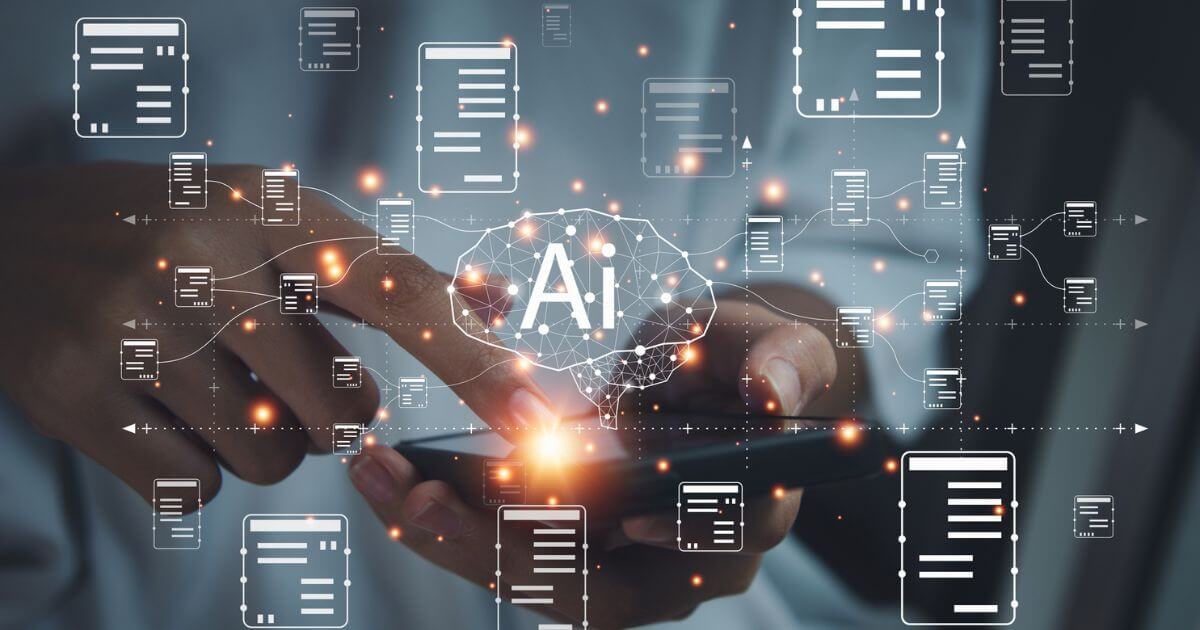Unlocking RAG’s Potential: Transforming Knowledge in Digital Workplaces

In the fast-evolving world of digital workplaces, the seamless integration of advanced technologies has ushered in a new era of knowledge management. One of the most transformative innovations in this space is Retrieval-Augmented Generation (RAG), a cutting-edge approach that is rapidly reshaping how organizations manage, access, and utilize information. This blog post delves deep into the concept of RAG, its role in digital workplaces, and its far-reaching impact on knowledge management, collaboration, content creation, and personalized learning.
Understanding RAG Technology: A Breakdown of Retrieval-Augmented Generation
At the heart of this revolution lies Retrieval-Augmented Generation (RAG), a technology that fuses the capabilities of information retrieval with advanced content generation. But what exactly does this mean? In traditional AI systems, information retrieval and content generation were often separate processes. Information retrieval involved searching through databases to find relevant data, while content generation focused on creating responses or content based on pre-existing knowledge.
RAG changes the game by combining these two capabilities into a single, powerful system. This synergy allows AI to not only search for relevant information from vast datasets but also generate contextually appropriate and highly relevant content based on that information. The result is a more sophisticated and accurate response to user queries, whether those queries involve complex research, customer support, or content creation.
The core advantage of RAG lies in its ability to enhance the understanding of queries by pulling in real-time data and integrating it with existing knowledge models. This dual approach enables AI systems to provide more accurate, context-driven answers, thereby improving the quality of interactions and the efficiency of workflows in digital workplaces.
The Role of RAG in Digital Workplaces: Transforming Information Retrieval
Digital workplaces are inundated with data, making effective information retrieval a critical challenge. Traditional search methods often struggle to deliver precise results, leading to inefficiencies and frustration. This is where RAG comes into play, offering a transformative solution that redefines how information is retrieved and utilized.
RAG systems excel at understanding the nuances of user queries, thanks to their ability to integrate real-time data retrieval with advanced content generation. This means that when a team member searches for information, the RAG system doesn’t just pull up relevant documents; it synthesizes information from multiple sources and presents it in a coherent, contextually relevant manner.
For instance, in a digital workspace where employees need to quickly access detailed product information or customer data, a RAG system can retrieve the most up-to-date information and generate a summary that is easy to understand and act upon. This not only saves time but also enhances the accuracy of the information, reducing the risk of errors in decision-making.
Moreover, the dynamic nature of RAG means that as new information becomes available, it can be immediately incorporated into the system’s knowledge base, ensuring that users always have access to the latest data. This continuous updating process is crucial in fast-paced digital environments where timely access to information can make a significant difference in productivity and outcomes.
Enhancing Collaboration and Decision-Making: RAG’s Influence on Workflows
The impact of RAG extends far beyond information retrieval; it plays a pivotal role in enhancing collaboration and decision-making within digital workplaces. In environments where teams are often dispersed across different locations and time zones, the ability to access and share accurate information quickly is crucial.
RAG technology facilitates better collaboration by providing teams with the tools they need to access relevant information instantly, no matter where they are. For example, during a project meeting, a team member can query the RAG system for the latest sales figures, customer feedback, or market trends. The system retrieves and generates a summary that is immediately shared with the team, enabling more informed discussions and quicker decision-making.
This capability is particularly valuable in decision-making processes. With RAG, decisions can be based on the most current and comprehensive data available, reducing the uncertainty that often accompanies critical business choices. The system’s ability to provide contextually relevant information ensures that decision-makers are fully informed, leading to more effective strategies and outcomes.
Furthermore, RAG promotes a culture of knowledge sharing by making it easier for team members to access and disseminate information. This not only improves collaboration but also fosters a more connected and engaged workforce, where knowledge is no longer siloed but is freely accessible across the organization.
RAG Applications in Content Creation: Streamlining Workflow Efficiency
Content creation is a fundamental aspect of many digital workplaces, whether it involves writing reports, developing marketing materials, or creating training content. However, the process of generating high-quality content is often time-consuming and requires a high degree of accuracy and relevance. RAG technology is poised to revolutionize this aspect of digital work by significantly enhancing the efficiency of content creation workflows.
RAG systems can generate content that is not only accurate and relevant but also tailored to specific formats and audiences. For instance, when tasked with creating a report on market trends, a RAG-powered system can retrieve the latest data from various sources, analyze it, and generate a comprehensive report that highlights key insights. This process, which would typically take hours or even days, can be completed in a fraction of the time with RAG.
The ability to automate content generation also frees up valuable time for employees, allowing them to focus on more strategic and creative tasks. This shift in focus can lead to greater innovation and productivity within the workplace, as teams are no longer bogged down by routine content creation tasks.
Moreover, the accuracy of RAG-generated content ensures that the information presented is both reliable and relevant. This is particularly important in fields such as finance, healthcare, and legal services, where the accuracy of information can have significant implications.
The Future of RAG in Digital Workplaces: A Strategic Imperative
As we look to the future, it is clear that Retrieval-Augmented Generation (RAG) will play an increasingly central role in the digital workplace. Its ability to transform information retrieval, enhance collaboration, streamline content creation, and optimize knowledge accessibility positions RAG as a strategic imperative for organizations looking to thrive in the digital age.
The adoption of RAG technology represents more than just a technological upgrade; it signifies a cultural shift towards a more informed, connected, and empowered workforce. Organizations that embrace RAG will be better equipped to navigate the complexities of the digital workplace, leveraging the power of advanced AI to unlock new levels of productivity and innovation.
In conclusion, Retrieval-Augmented Generation is not just a tool for the present; it is a foundation for the future of work. As digital workplaces continue to evolve, RAG will be at the forefront, driving the next wave of innovation in knowledge management and empowering organizations to achieve their goals with greater efficiency and effectiveness.
Optimizing Knowledge Accessibility: Implementing RAG for Personalized Learning
In addition to its impact on information retrieval and content creation, RAG technology offers significant benefits in the realm of personalized learning and development within digital workplaces. The ability to tailor information to individual learning preferences is one of the most powerful features of RAG-powered systems.
As the modern workforce becomes increasingly diverse, with employees having varying levels of expertise and learning styles, the need for personalized learning experiences has never been greater. RAG addresses this need by providing customized content that aligns with each employee’s learning preferences, making it easier for them to acquire new skills and knowledge.
For example, a new employee who is onboarding might require different training materials than a seasoned professional looking to upskill. RAG can retrieve and generate content that is specifically tailored to each individual’s needs, ensuring that they receive the most relevant and effective learning experience possible.
This personalized approach not only enhances the learning experience but also accelerates the development of new skills, enabling employees to adapt more quickly to the demands of the digital workplace. As a result, organizations can maintain a more agile and skilled workforce, capable of meeting the challenges of a rapidly changing business environment.








